The Necessary Foods to Always Buy Organic (And The Top Foods Not To)
If you have been wondering which produce is safe to eat without worrying about pesticides, the Environmental Working Group has two lists to help. The first is The Dirty Dozen, a list of the twelve types of produce with the most pesticides. The second is the Clean Fifteen, produce that can be purchased without worry. With that knowledge in mind, here is a look at the best foods that should be purchased as organic and the top foods that do not need to be bought as organic now.
Spinach: Organic

Traditionally, farmed spinach and greens are among the Dirty Dozen. That's because greens are very porous and farmers use a lot of different pesticides to keep bugs from munching on them and a lot of herbicides to prevent another plant from competing with them for nutrients in the soil. That's why it's important to only purchase organically produced spinach and other leafy greens. By eating only organic spinach and greens, you get the full benefit of their nutrients, as well as their amazing flavor.
Milk and Animal Protein - Organic

Traditional animal farming uses a lot of chemicals, pesticides, herbicides and antibiotics. There are hormones that are used to make the cattle produce more milk. There are antibiotics to treat illness in the cattle and the other feed animals. This is mostly because of the high-density way in which most American animals are farmed. However, some animal farmers are moving to a more humane way to farm their animals, which improves their health and makes for healthier products for human consumption. Recent research shows that grass-fed cattle produce meat and milk that have healthier omega proteins and types of cholesterol than traditionally farmed cattle. The bottom line is this: by drinking and eating organic milk and animal proteins it's possible to avoid consuming a lot of antibiotics and hormones.
Tomatoes: Organic

Whether you think of them as a vegetable or as a fruit, tomatoes also require a lot of inputs in regular farming practice. They come in so many different shapes, sizes, and colors. Tiny grape tomatoes are perfect for a snack. Big beefsteak tomatoes can be sliced and put on a burger. Roma tomatoes that are great for making a sauce, or making sun-dried tomatoes. Tomatillos are perfect to make a spicy salsa verde, or golden, red, or green tomatoes are versatile and delicious. Organically produced tomatoes not only reduce the use pesticides and herbicides but also improve soil quality. This makes for tastier tomatoes that are high in lutein and other essential nutrients.
Strawberries: Organic

Strawberries are a great way to add a low calorie, tasty treat that is jam-packed with nutrients. These tantalizing berries are chock-full of polyphenols which are powerful antioxidants as well as potassium and manganese. Unfortunately, traditionally produced berries can have as many as 20 different pesticides in just one bite. It's better to buy organic strawberries as much as possible. Eat them fresh, or freeze them whole in order to enjoy them in the dead of winter. They make great smoothies, and, when thawed just before serving, can add a splash of color to homemade fruit salad or goat cheese and spinach salad.
Pears: Organic

Pears were once a virtuous fruit, part of the Clean Fifteen. But this year, they made their way to the Dirty Dozen list because they have been found to have a high number of pesticides. There are many kinds of pears, but the best known are Bartlett, Bosc, and Asian. Choose organic pears and enjoy a healthy dose of Vitamin C and lots of fiber, which counters cholesterol. Pears are also one of the few sources of potassium, an often under-consumed nutrient for many. Pears can be eaten fresh and whole or can be prepared as part of a dish. They pair well with various cheeses on a cheese board or even made into a tasty grilled cheese and pear sandwich.
Apples: Organic
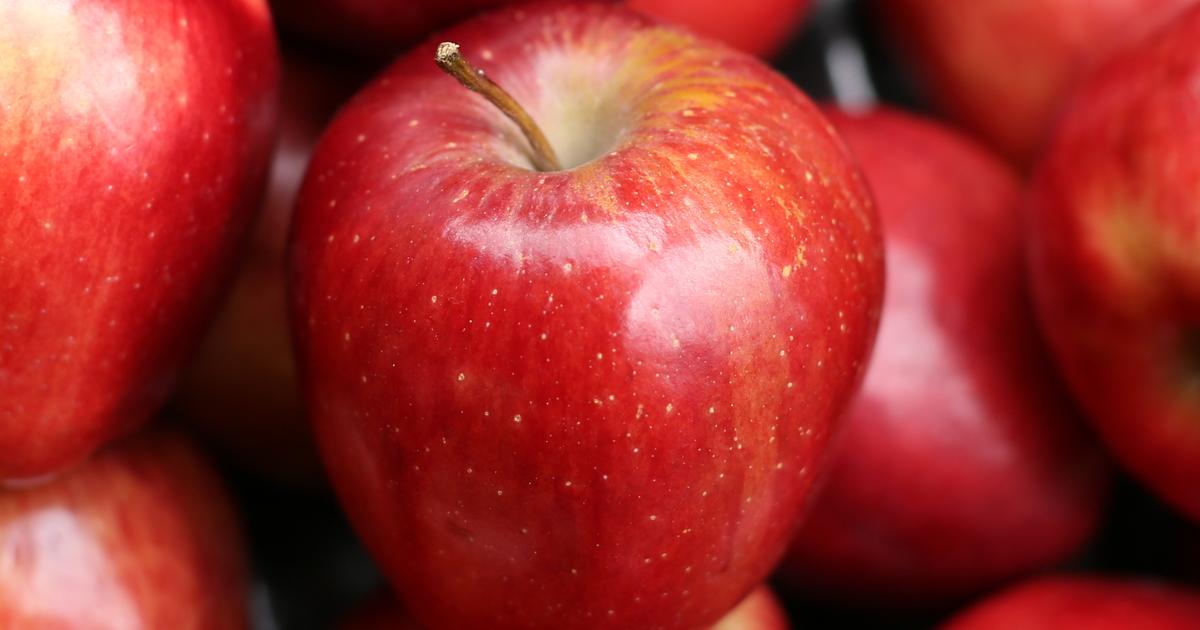
If there is any fruit you should be buying organic, it’s apples. Appearing at the top of the Environmental Working Group, or the EWG’s offenders list, apples are consistently discovered to have numerous types of pesticides that traditional farmers use to keep pests and diseases from their crops. Approximately ninety percent of conventionally grown apples of various types were found with pesticide residue on them, and out of a large majority of these samples, eighty percent contained diphenylamine, a nasty pesticide that is banned in Europe. Some of the most harmful pesticides are contained in the skin of an apple, and unfortunately, the skin of an apple is often considered the healthiest part of this crispy fruit. Thankfully, organic versus non-organic apples has one of the lowest price differences, meaning buying organic apples won’t break the bank.
Peaches & Nectarines: Organic
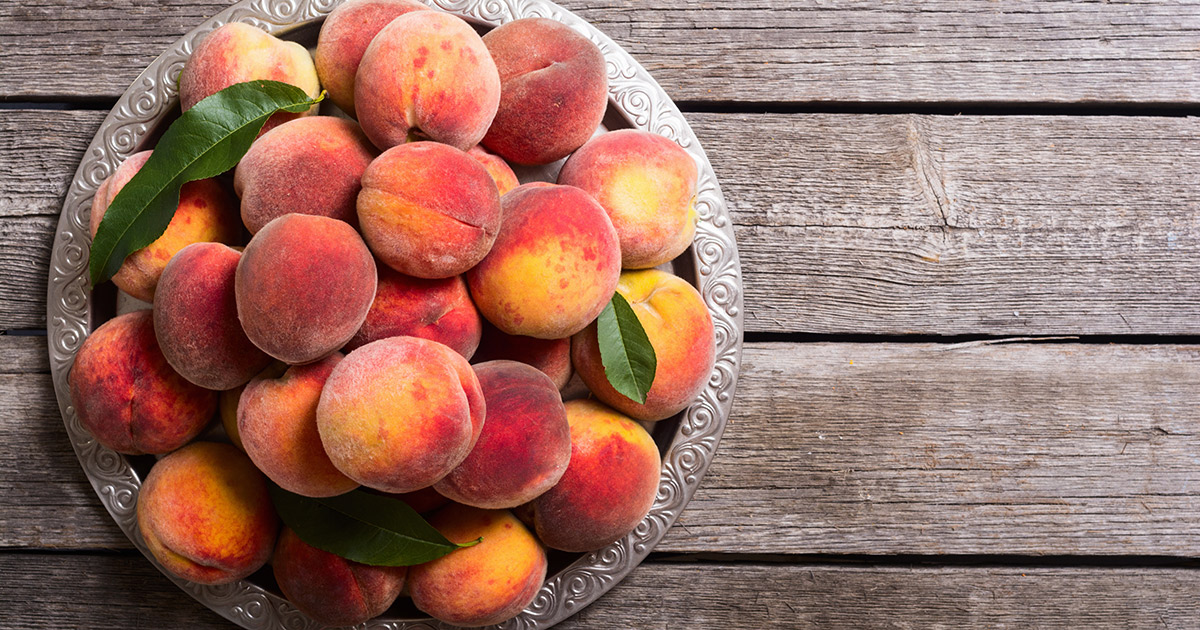
These juicy stone fruits have thin, edible skins that are very delicate, therefore, both peaches and nectarines are often sprayed with various dangerous pesticides to keep them from rotting too quickly and to keep pests from eating them. Approximately ninety-nine percent of all peach and nectarine samples that were used to test for pesticides by researchers reported pesticide residue, and on average, peaches were discovered to contain residue of four different pesticides. Even if a peach or nectarine are peeled, traces of these chemicals will remain on the fruit. Doctors and nutritionists alike often recommend buying the organic version of both of these delectable fruits, especially if a woman is pregnant or if these fruits are given to children.
Potatoes: Organic
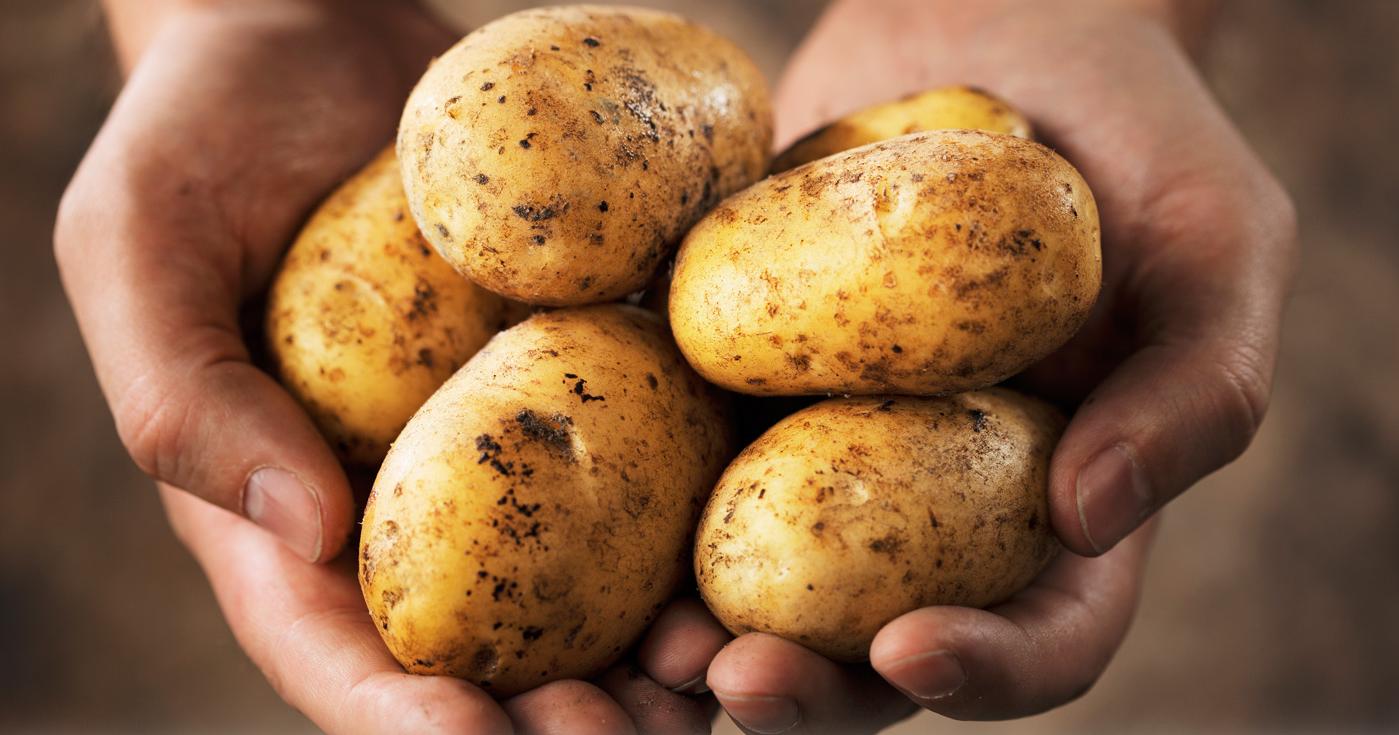
When considering what vegetables to buy organic, potatoes should be a top contender for you to consider. The average American consumes loads of potatoes in any given year, so switching to organic spuds should be an easy switch. Even with all the scrubbing and peeling, there is still a high chance that your average potato will contain potentially-harmful pesticide residue on it. In fact, the EWG revealed that the average potato had more pesticides by weight than any other crop tested. One pesticide detected has been reported by the EWG for negatively impacting the central nervous system, which made up the bulk of the pesticides found on the average potato. Before cooking, mashing, frying, or baking, spend a couple extra dollars to buy organic as not only your health but your taste buds will thank you!
Grapes: Organic
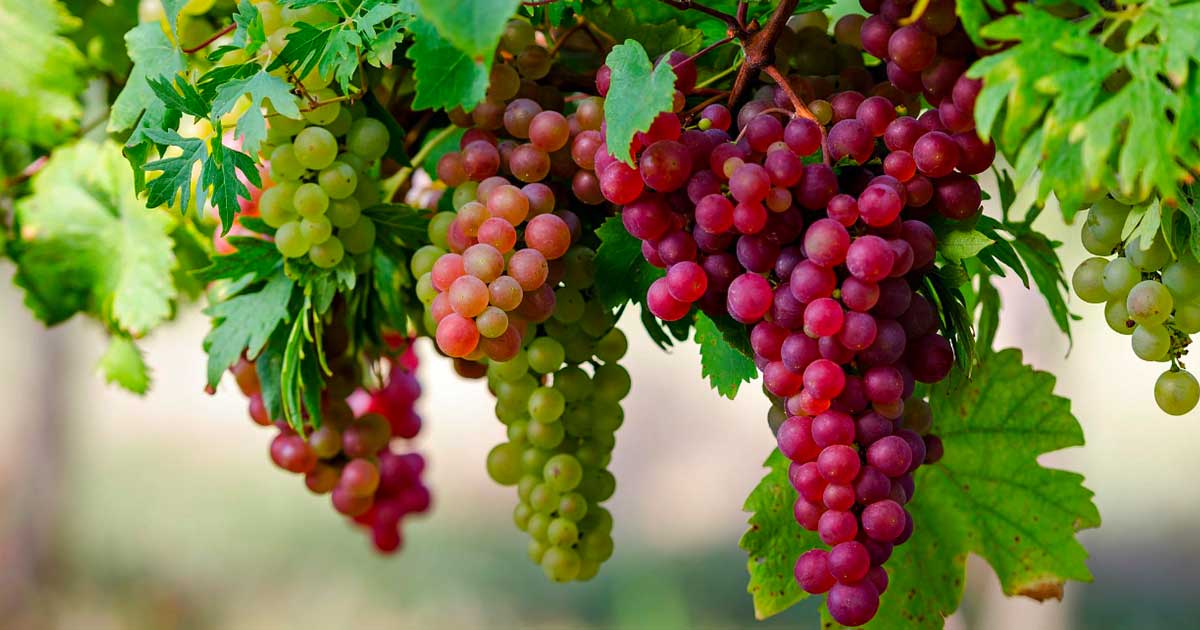
During their testing of numerous crops, the EWG uncovered a scary truth about grapes: one single grape contained fifteen different pesticides on it. The EWG found that more than ninety-six percent of all samples of grapes contained a traceable pesticide residue. Considering grapes tend to ripen quickly and draw many insects to it due to it’s fragrant and delicious nature, grapes are often sprayed with a variety of chemicals to keep them untouched by insects and in perfect condition for eating. If you cannot afford to splurge on organic grapes (as they can get pricey) or you cannot find them, try buying seasonally from a local farmer’s market or source and ensure you wash them thoroughly before consuming.
Cucumber: Organic
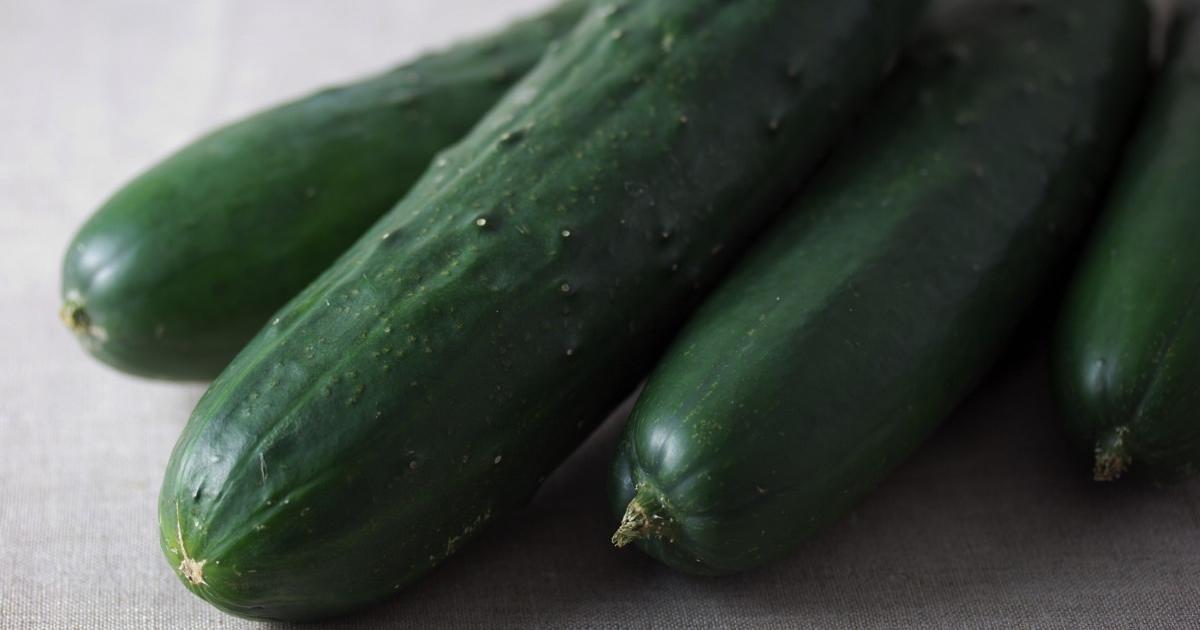
Conventional varieties of this hydrating crop are generally treated with a petroleum-based wax to ensure its freshness is preserved. This wax is not only great at holding on to already present pesticides, but it is almost impossible to properly wash all the pesticides and the wax off of it at home. Thankfully, organic cucumbers omit this wax, making this a superior choice when it comes to purchasing organic foods. When consuming a non-organic cucumber, ensure to thoroughly wash and peel the cucumber, although this does not guarantee the complete removal of all chemicals, and it might even remove some important nutrients. When it comes to cucumbers when in doubt, buy organic!
Baby Food: Organic

Your child’s health should always come first, and this is exactly why parents should educate themselves on the importance of organic or homemade baby food and its incredible health benefits. For one, many doctors on average think that infants are more susceptible to the potential negative health effects of pesticides that can be found in some branded baby foods. Other benefits of choosing organic for your little one includes that there are no traces of modified genetics within their food, it’s pesticide-free, loaded with various nutrients, and you will be feeding your baby real food that is not heavily processed. When your baby begins to transition to solid food, it is a great idea to feed your child organic whenever possible. This is especially true for the fruits and vegetables on this list considering many of them contain numerous pesticide residues. Since organic baby food can be quite costly, consider purchasing in bulk or making your own homemade baby food.
Avocados: Not Organic

Because of its tough skin, the avocado is one of the Clean Fifteen foods that can be purchased when it is not organic. That's because, although pesticides are used to grow them, the skin doesn't allow them to penetrate into the fruit. In fact, of all fruits and vegetables that were tested this year, avocados had fewer pesticides than any other produce, which makes it number one on the Clean Fifteen. That's good news for people who love their avocado salads, smoothies, and guacamole. Avocados are a good source of vitamin C, E, B6, K, as well as an important source of fiber and fats. With organic avocados costing as much as $3 each, being able to purchase traditionally produced avocado is a great cost saver.
Sweet Corn - Not Organic

Surprise! Another vegetable that makes it to the Clean Fifteen list is sweet corn. Many varieties of sweet corn are produced from Genetically Modified seeds. In order to avoid GMOs, it is best to choose organic. However, while most corn is grown with a lot of pesticides, sweet corn's tasty kernels are protected from those poisons by its outer husk. While a 100 g serving of sweet corn boasts almost 84 calories, this type of corn is perfect for many delicious treats. Prepare it like corn on the cob. It's also great in bean and corn salad and even in a sweet corn relish to slather on your favorite burger or hot dogs. Alternatively, add sweet corn to soups and stews.
Sweet Peas - Not Organic

Like sweet corn, sweet peas have made it to the Clean Fifteen. And just like sweet corn, these peas are also often produced from genetically modified seeds, using a lot of pesticides and herbicides. Choose organic sweet peas as much as possible in order to avoid consuming GMOs. However, sweet peas, like sweet corn, have a thick outer shell, which prevents the pesticides from reaching the tasty flavor pockets inside. Fresh sweet peas are delicious when fresh and raw and can be used as a topper on your salad. They are also tasty steamed and, because just one cup of sweet peas has as much as a third of your daily fiber requirements, they make a great food option that's tasty and good for you.
Cereal - Not Organic

There are many types of cereals, but for the purpose of this, we're focusing on grains as a whole - not the boxes of processed cereals that can be found on the grocery shelf. Cereals (grains such as corn, wheat, barley, oats, and rice, for example) are a good source of carbohydrates, and fiber, and are low in cholesterol. They're especially rich in nutrients when they are consumed with the outer husk: bran. There are many kinds of cereals: quinoa, sorghum, triticale, buckwheat and rye, to name a few. These are grown all around the world. Research shows that it's not necessary to purchase organically produced cereals to get the maximum benefit from the grains. So it's safe to dig into a favorite bowl of grains, toast up a slice of bread or to enjoy a tasty marshmallow treat.
Seafood: Not Organic
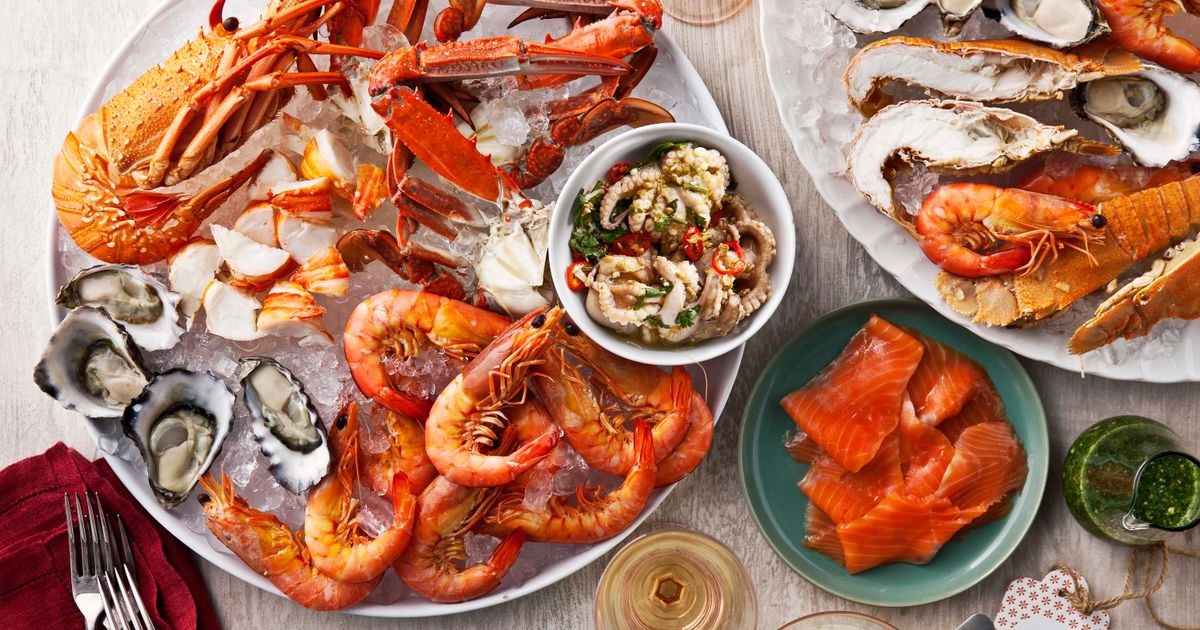
Considering the USDA does not currently provide organic standards regarding fish and other types of seafood, any seafood that is labeled ‘organic’ is probably lying to you and may not be any safer for you and your family. Some ‘organic’ seafood may still contain various contaminants, such as PCBs and mercury. Since this is one food you cannot buy organic and don’t have to, look for seafood that is low in mercury, such as tilapia, sole, and oysters, and ensure all the seafood you purchase was caught using sustainable practices. Check the Seafood Watch before purchasing fish and seafood, to again, ensure you are not destroying the oceans.
Quinoa: Not Organic
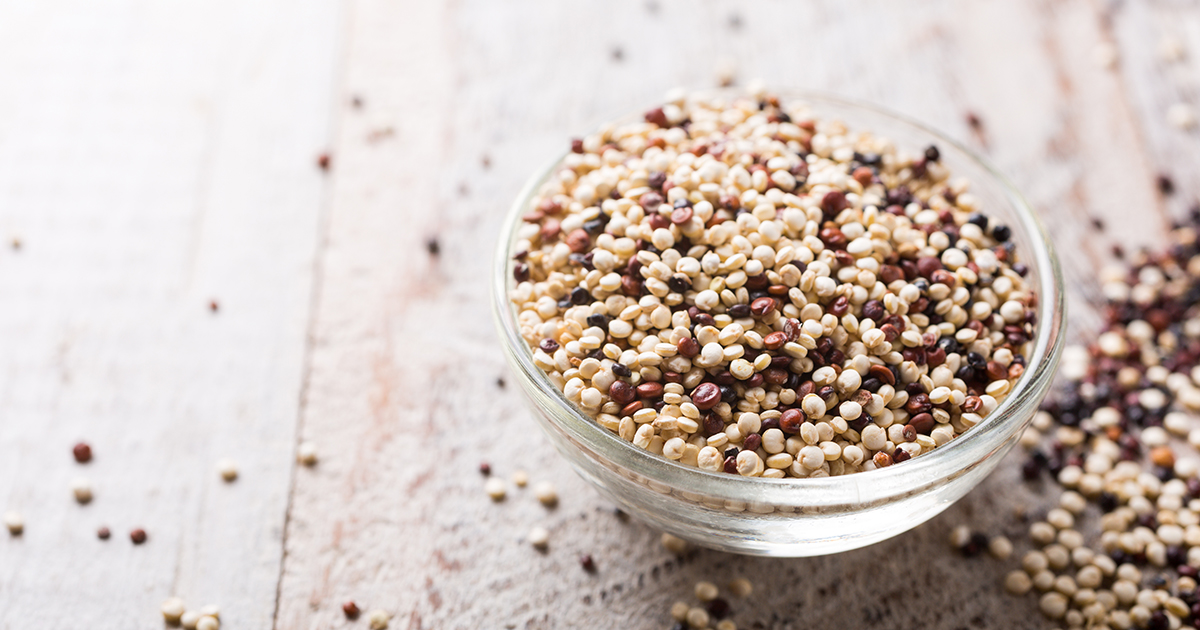
Quinoa is a healthy, vegetarian substitute for protein and can be added and adapted in numerous recipes. Besides having many nutritional benefits, quinoa ranks exceptionally low on the EWG’s report for foods with pesticides. Quinoa is one of those foods that does not require a chemical preservative as its coating contains bitter-tasting saponins, resulting in the crop not easily being destroyed by pests. Most companies that harvest and package quinoa also remove this coating but always give it a good rinse before cooking with it or adding it to a delicious meal.
Pineapple: Not Organic
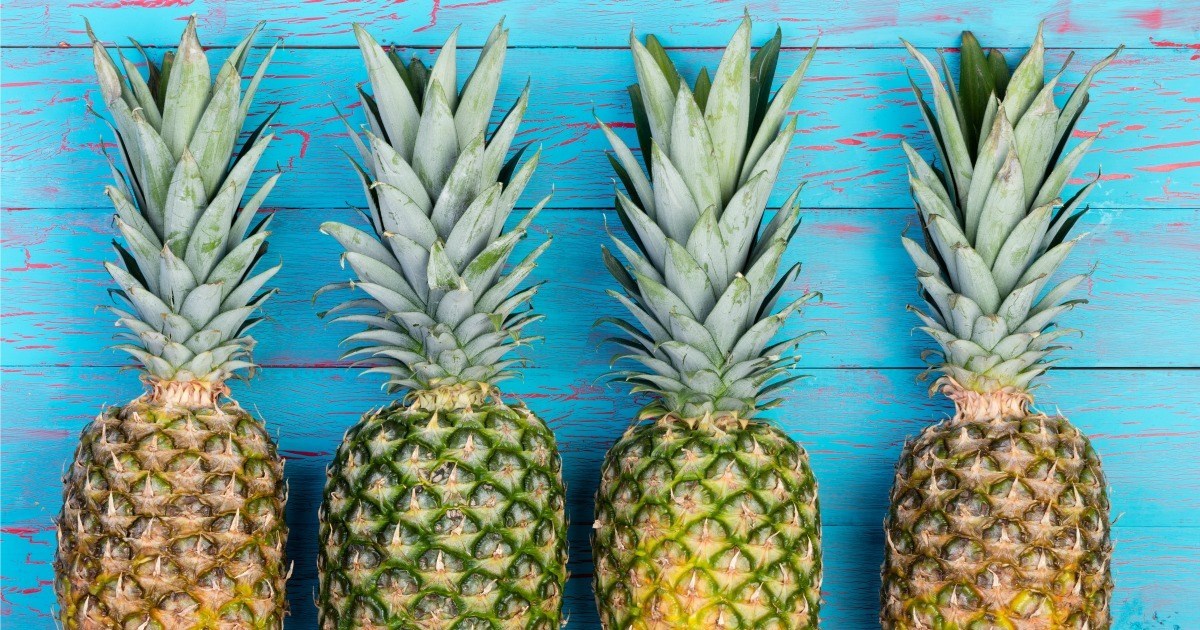
One of the few fruits that the EWG recommend not to buy organic, pineapple has a tough, spiky exterior that can not only make peeling a pineapple difficult but also keeps this delectably sweet fruit safe from absorbing agricultural pesticides. Even when sprayed with chemicals, its thick skin will absorb some of it but not harm the golden goodness inside. The EWG reports that eighty-nine percent of the pineapples tested came back with no harmful pesticide residue and is part of the EWG’s ‘Clean 15,’ the top fruits and veggies with the least pesticide residue. With pineapples, they will not ripen once picked-it will only soften. The color of the pineapple does not always indicate the sweetness of the fruit either, so try to choose a firm, green looking pineapple with fresh-looking leaves that will soften quickly and reveal a beautiful golden color inside.
Cabbage & Onions: Not Organic
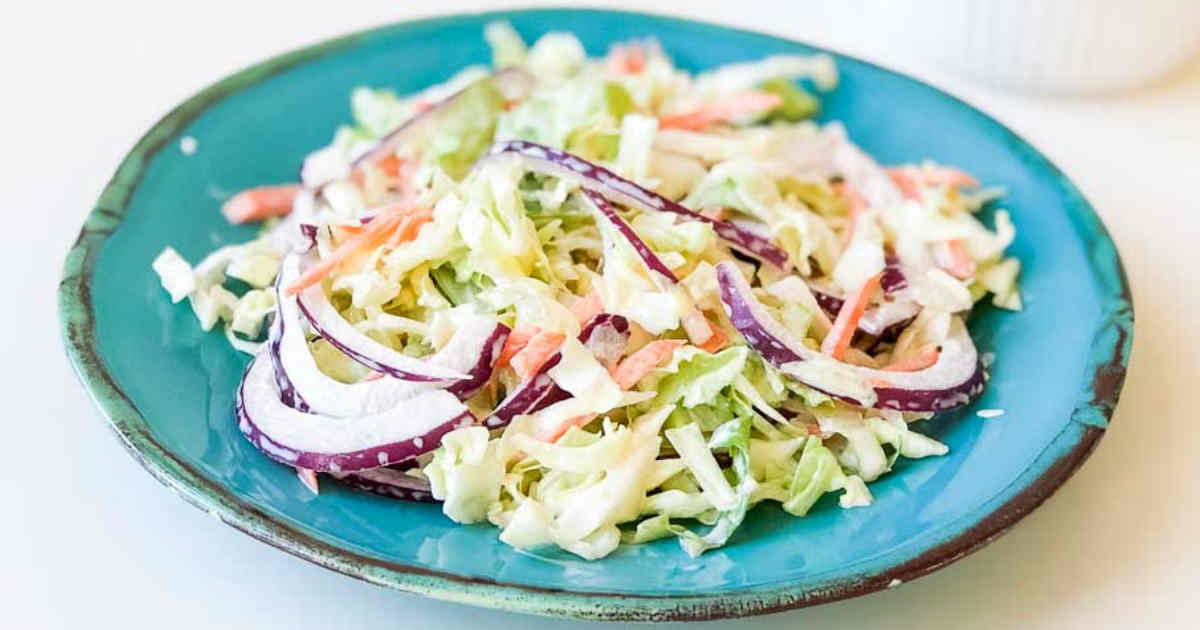
Another member of the EWG’s ‘Clean 15,’ cabbage has generally tested low in pesticides due to its natural resilience to insects. The outer leaves of this hearty leafy green veggie shield the inner leaves from almost all toxic chemical sprays, therefore, always remove and throw out the outer leaves of a cabbage, especially if it is non-organic, before consuming. There’s no need to cry over onions either as according to the EWG, onions are one produce item you do not need to buy organic due to its naturally pungent flavor, which naturally repels pests all on its own. Approximately ninety-eight percent of sampled onions were already pesticide-free, as these bulblike vegetables grow underground, allowing them to be protected by numerous pests and chemicals.
